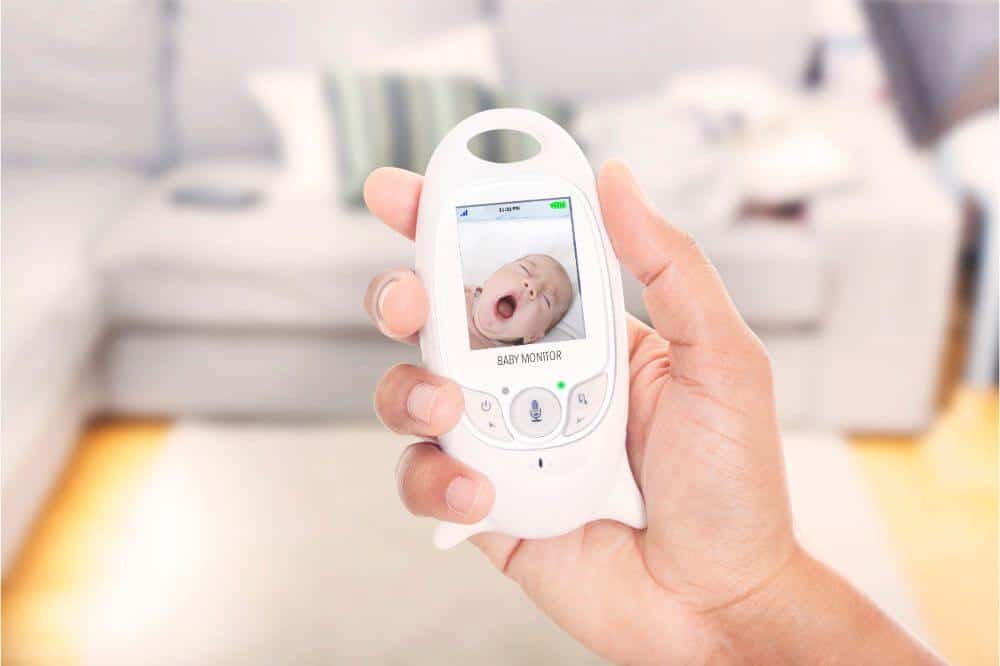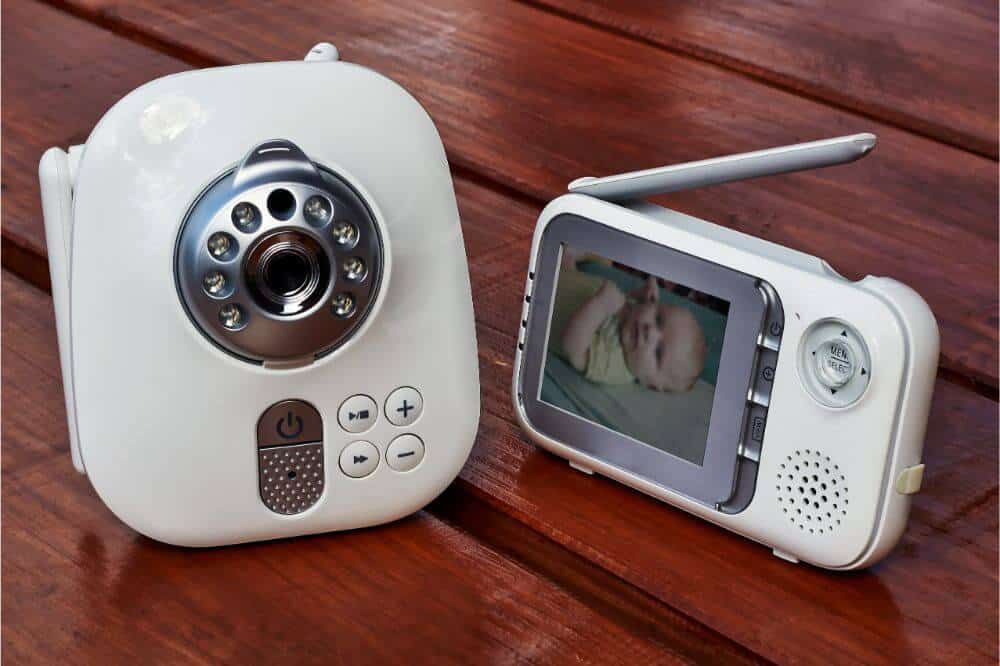If you are considering getting yourself a baby monitor, then there are two main types to consider. You have your regular, old-school baby monitors that use a dedicated frequency and a dedicated display, and then you have Wi-Fi baby monitors.
Wi-Fi baby monitors are of course the more advanced and user-friendly version, as they also have many more features.
With that being said, many people might be a bit confused as to how Wi-Fi baby monitors work. Today, we’re going to take a closer look at exactly how Wi-Fi baby monitors work, what they are, what their advantages and disadvantages are, and so much more. So, how do Wi-Fi baby monitors work?
How do Wi-Fi Baby Monitors Work?
As you can probably gather by the name of them, Wi-Fi baby monitors and cameras work by using your wireless Internet connection to transmit the signals between you and your baby’s room, or in other words, between the display and the camera.
As long as you have a solid Internet connection that the camera in the baby’s room is connected to, and that your display or phone can connect to, you can see what is going on in your baby’s rooms at all times no matter where you are.
The vast majority of Wi-Fi baby monitors don’t use a dedicated display unit such as with traditional baby monitors.
Instead, they use a smartphone application on your smartphone as the display and control. Yes, your smartphone can be used to view the video feed and listen to the audio, but much more too. Your smartphone can actually be used to control the camera, depending on what features it has.
Now, what you need to realize here is that Wi-Fi baby monitors require a Wi-Fi connection at all times, so if you don’t have a Wi-Fi connection, you’re going to run into issues. Therefore, if your Internet or your power goes out, you are going to have some issues, although non-Wi-Fi monitors do also have some advantages.
Wi-Fi vs Traditional Baby Monitors
Something that you are probably wondering is what the difference between Wi-Fi baby monitors and traditional baby monitors are. Well, the number one biggest difference here is how they transmit that signal.
If we are talking about a traditional baby monitor, these use what are known as high frequency radio waves to transmit the signal to the monitor from the camera.
They use high frequency radio waves because this type of signal is generally a little different than standard radio frequencies, therefore avoiding interference from occurring. These traditional baby monitors work fairly well, although having audio is more common than video.
At the same time, these generally also have a very limited range, usually no more than 100 feet, or even less if there are obstacles in the way. Furthermore, the quality of the audio, or video, is never going to be very high, not to mention that these generally don’t have very good features either.
If we are talking about Wi-Fi baby monitors, they use the Wi-Fi or wireless Internet signal in your home to transmit data, as opposed to radio waves. This one difference alone is what will then lead to most of the other differences between regular traditional baby monitors and Wi-Fi baby monitors.

Advantages and Disadvantages of WIFI Baby Monitors
Now that we know what Wi-Fi baby monitors are and how they work, let’s take a look at the biggest advantages and disadvantages that they come with, particularly when compared to regular or traditional baby monitors.
Pros
First, let’s take a look at all of the beneficial aspects of a Wi-Fi baby monitor.
Great Range
One of the biggest advantages that you get with Wi-Fi baby monitors is that they have excellent range. As long as you have an Internet connection, you can view the video and audio feed from anywhere, no matter where you are, whether 100, 1000, or 1,000,000 feet away. This range issue is one that traditional baby monitors unfortunately suffer from.
No Interference
Another advantage that you get with Wi-Fi baby monitors is that they usually don’t suffer from interference like traditional baby monitors do. With traditional baby monitors, other devices that use radio waves, particularly on the same frequency, can cause interference, which can lead the video and audio signals to be very poor.
At the same time, obstacles such as walls aren’t really going to make a difference here, such as they do with traditional baby monitors.
High Quality Video and Audio
Another advantage that you get with Wi-Fi baby monitors is that they feature very high audio and video quality content that is usually much better than traditional versions.
Tons of Features
The other awesome thing about using a Wi-Fi baby monitor is that it comes complete with plenty of features. Of course, the exact features are going to depend on the specific model that you get.
That said, being able to view audio and video in real time, record video and audio, be alerted of motion and sound, being able to keep track of temperature and humidity, being able to listen and talk to your child, and so much more, are all things that Wi-Fi baby monitors can do, many of which your traditional baby monitor can’t.
Cons
Let’s now take a quick look at all of the disadvantages that come with using a Wi-Fi baby monitor.
Requires Power and Internet
One drawback here is that Wi-Fi baby monitors require Wi-Fi. Therefore, if the Internet goes down, or if your power goes out, therefore causing the Internet to go down, your Wi-Fi baby monitor will be rendered 100% useless.
Not Overly Secure
One of the advantages that you actually get with traditional baby monitors is that they tend to be more secure than Wi-Fi baby monitors. Wi-Fi baby monitors are connected to your Internet, and the Internet is susceptible to being hacked.
There May be a Delay
The other slight disadvantage that comes with a Wi-Fi baby monitor is that there may be a slight delay.
Conclusion
As you can see, Wi-Fi baby monitors, for the most part, are very advantageous and beneficial. If you are going to be purchasing a baby monitor, we recommend going for a Wi-Fi version.

